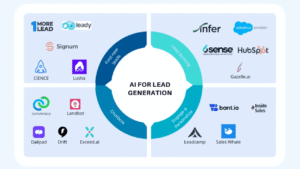OpenAI CEO Sam Altman has announced plans to release a new “open-weight” AI model. In a post on X (formerly Twitter), Altman stated that OpenAI will introduce a language model with advanced reasoning capabilities in the coming months. This will be OpenAI’s first open-weight model since the release of GPT-2 in 2019.
OpenAI faces growing competition from AI developers like DeepSeek, which has embraced an open approach, and Google, which recently launched Gemma 3, a lightweight open model built on the Gemini 2.0 framework.
OpenAI’s Open-Weight Model: Key Details
Altman mentioned that OpenAI had long considered releasing an open-weight model but prioritized other initiatives. Now, the company sees it as an important step. He emphasized that OpenAI will conduct rigorous evaluations before the official release, ensuring the model’s stability, as it will allow modifications after launch.
Additionally, OpenAI is planning a series of developer events in the coming weeks to gather feedback and showcase early prototypes of the model. The first event will be held in San Francisco, with additional sessions planned across Europe and the Asia-Pacific region.
What Are Open-Weight Language Models?
Open-weight models are AI models where the trained weights—the numerical parameters defining how the model functions—are made publicly available. This allows researchers, developers, and businesses to download and run these models on their own hardware without relying on a cloud-based API. However, open-weight models may come with licensing restrictions, particularly around modifications and commercial use.
How Do Open-Weight Models Differ From Other Models?
- Open-Weight Models: Share only the model weights, often with some restrictions on modifications and commercial use.
- Open-Source Models: Provide unrestricted access to both weights and code, allowing full modifications.
- Closed Models: Like GPT-4 and Gemini, keep both weights and code proprietary.
Why Do Open-Weight Models Matter?
- Democratization: Allows researchers and developers to experiment, fine-tune, and improve AI without massive resources.
- Transparency: Provides more visibility into AI systems, reducing concerns about bias or unethical practices.
- Customization: Enables organizations to adapt models for specific needs, from healthcare to enterprise AI solutions.
- Balancing Control and Access: Open-weight models provide greater autonomy while allowing companies to impose reasonable safeguards against misuse.








